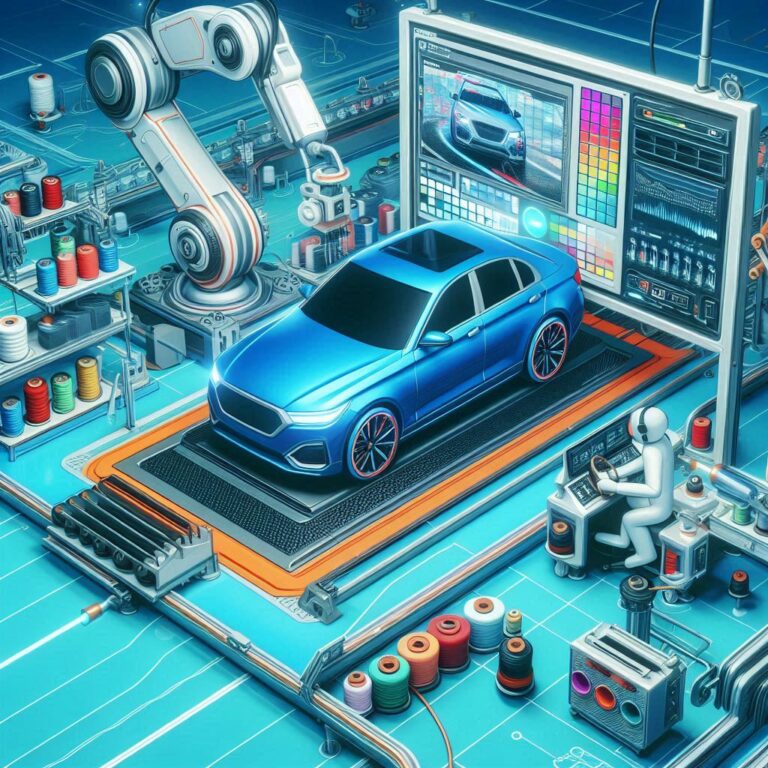Features in SAP:
In SAP, using configurable features in the material master is a powerful tool for managing the complexity of configurable products, such as the example you mentioned of a vehicle with multiple customizable options (paint, engine, transmission, etc.).
This is possible thanks to the use of feature classes and configurable materials, which allow you to define variations and calculate prices dynamically, depending on customer choices or order specifications.
Detailed process of using features in SAP:
Creating Features in SAP (CT04):
- Through the transaction CT04, features are created that describe material attributes, such as “Color,” “Transmission Type,” or “Engine Type” for the vehicle. These features have possible values (e.g., “Red,” “Manual”).
- They can be defined restrictions either dependencies that affect the price. For example, if you select special tires, the price increases.
Assignment to Material Characteristics in SAP:
- The material must have view enabled. Classification in the material master (MM01/MM02). In this case, the vehicle is a single material, but the characteristics in SAP allow it to be configured.
- A is assigned class which groups the configurable features.
Configuration in Orders (LO-VC):
- When placing an order, the system presents a variant configurator, where options such as the color, he engine type wave transmissionDepending on the selection, SAP automatically calculates the price.
Interaction with other modules:
- The module PP (Production Planning) is involved, as the variations affect the manufacturing process of the product. For example, an electric motor requires a different production process than a gasoline motor.
Dependencies (CU01/CU02) and Prices:
- In CU01/CU02, the dependencies that relate the characteristics in SAP are configured. For example, if a alloy wheelThe vehicle price is automatically adjusted. Rules can also be defined to restrict certain combinations of features in SAP.
Example of feature configuration in SAP
Let's imagine that I want to see a vehicle from the commercial company "x" and we go to their website to see the type of vehicle we want, once we have selected the model as such, we need to configure paint, automatic or manual, engine type...
I'll give you an example where you can see exactly what we're talking about today.
In this case, the vehicle is the same, but inside it has "X" possibilities. In our material master, it would be just one material, but depending on the characteristics in SAP selected in the order, the price will be different.
These types of features in SAP are generated in CT04 transactions.
We base our creation on features, we create them and put restrictions like, if I put this tire, this price comes out, etc.
Later we fill it in with the values we want in the tabs that appear, Basic Data, Denomination...,
The material we're going to add the feature we've created must, of course, have the "Classification" view enabled, since, like everything in SAP, it can become more complicated as we delve deeper into the companies where we implement the systems.
Then once we access the master data of the material we will have to indicate the characteristic that we have generated in the appropriate classification system,
Our configurator will be ready for that material, and when placing an order, with the different types of components we have, the material can be identified with the appropriate price.
The PP module is usually involved in these processes, since this type of implementation is usually used by companies that manufacture materials.
Benefits:
- Flexibility: Products are configured as a vehicle without the need to create a material for each variant.
- Price Automation: Prices change automatically based on customer choices.
- Interaction with production: Materials are tailored to order specifications, affecting production planning.
- Efficient management: A single material in the SAP master, but with multiple configurations based on characteristics.
This approach is key for industries such as the automotive industry or any sector that requires mass product customization, optimizing costs and operational efficiency.
Discover our SAP training
We have our Master in Financial Management and Functional Consulting SAP S/4HANA Finance, Official Sap S/4Hana Sourcing And Procurement Certificate and Sap S/4Hana Finance Official Certificate.


































